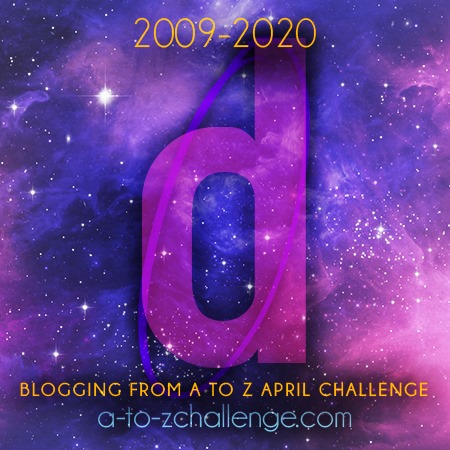
A is for About, Advertising, Audience and Awards.
Your About Page is probably one of the most important pages on your blog and is one that you should spend time carefully constructing. It is the page that most people will find their way to in order to find out more about you and your blog and a place where you can let people know the sorts of things they can find on your blog such as topics you cover regularly and what they can get from your blog (for example, if you run tutorials the things they can learn). I like to think of the about page as being similar to the back cover page of a book where you can find out about the author. There are lots of helpful sites on the internet that have guides for writing a good About Page but the basics for building a page are to give a little information about you that are interesting, such as your hobbies and interests, where you are from, why you started your blog, the topics you write about and what you hope your readers will get out of the blog.
Advertising. I spent a long time shortly after I started this blog, researching ways to drive more traffic to my website and in the end I decided that using social media was a good way to advertise my blog. I’ve never paid for advertising but my blog has a Facebook Page, a Twitter and and Instagram which I share blog posts and images to. I search relevant hashtags and will follow people in my blog niche. Advertising, as a blogger, is more about getting your name out there rather than paying for an ad to appear in targeted social media group.
Audience. When starting a blog, before you have even written a word of a blog post it is worth thinking about who you want to read your blog. It is all well and good to want everyone to read your blog but each person is different and you can not write for the masses. Think about the types of post you want to write, what they will be about, the tone of your post – will it be serious or light hearted, chatty or business like, and start building up a mental picture of the persons who would be likely to read your posts. If, for example, you are writing about technology – computers and mobile devices you are likely to have more appeal to the younger generation and the tech savvy, you start to imagine what the typical reader would look like, what sort of job they may have etc, which will help you to pitch your blog post in just the right way, using language, words, phrases and tone to attract them.
Awards. Awards are fun things that bloggers share to other bloggers that they consider to be worthy of the title, for example, “The Sunshine Blogger Award”, and usually come with a set of questions written by the person giving the award. These awards can be fun to take part in as they can give your audience a little more insight into who you are as well as introduce them to new bloggers as many awards ask for you to share the award with other bloggers, this in turn can attract further readers when the award is accepted as you usually have to thank the person that awarded you with it. These are brilliant networking tools and I encourage you all to give them a go when you get nominated!
I hope you enjoyed the first part of Blogging From A-Z – A-Z of Blogging! What are your thoughts on the about page, advertising, audience or awards? do you have any other A’s that are important? I’d love to hear your feedback in the comments!
I shall be back tomorrow with the letter B!










